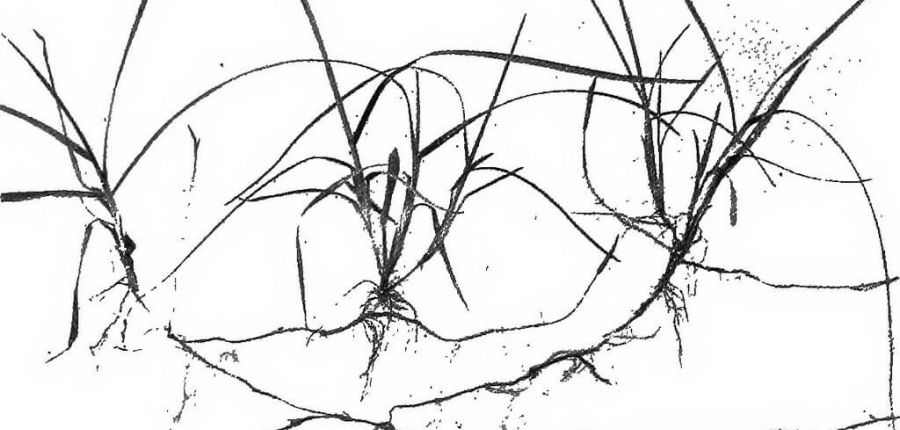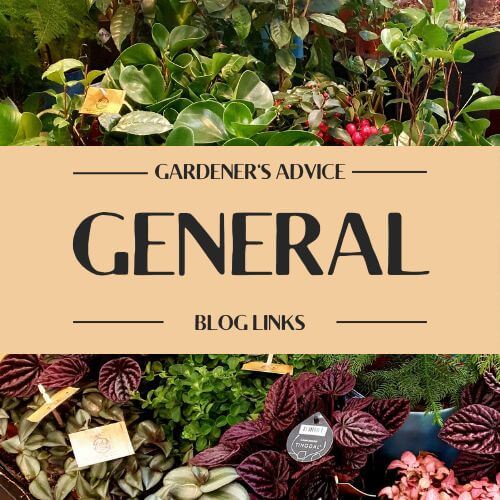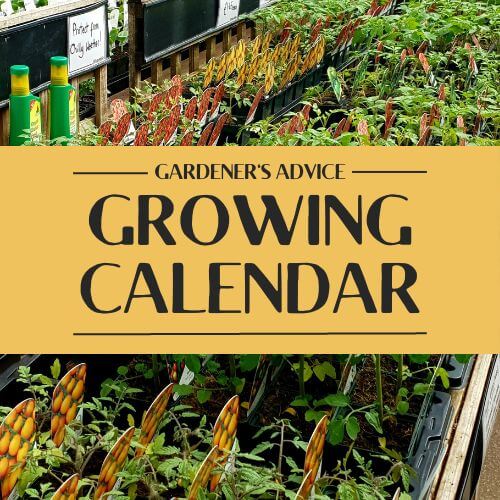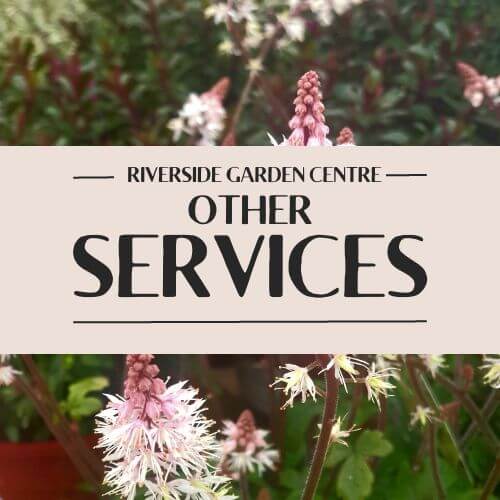Keeping on top of weeds
Posted By: rocket veg Category: Growing Veg, Pests and Diseases, Plant Care, Seasonal AdviceA drop of rain and warm sunshine; turn your back and all manner of weeds have sprung from the ground and threaten to swamp the nearby veg plants which you have carefully nurtured from tiny seedlings! Like it or not, you simply have to keep on top of weeds by removing them on a frequent basis from between the rows. If left unchecked, weeds will flower, run to seed and then spread like wild fire. Encroaching weeds also provide the perfect hiding place, dark and moist, for a range of pests like the dreaded slug to lurk.
There’s no escaping the fact that weeding’s a chore, but always satisfying when done and your neat lines of vegetable plants are revealed in all their glory once again and reach the stage where they are strong enough to outgrow all but the most persistent weeds. When planted close together, the leaves of vegetable plants are surprisingly good at blocking out light from the surrounding soil and preventing weeds from growing.
The key to successful weeding
As you know, there are no easy ways to remove weeds, just a case of gritting your teeth and getting on with the job. I have a collection of hand tools that I have acquired over the years, each suited to weeding in different situations: my short handled draw hoe, picked up for pound from a street market stall, is perfect for clearing around onions and shallots where weeds have a knack of sprouting right round the very base of the plants. An old stainless steel table fork with short tines serves the purpose of weeding ‘salads’ – lettuces, spring onions, beetroot and the like, whose fragile root systems are easy damaged. My latest acquisition is a Japanese hoe, the tip of its short, sharp curved blade designed to slide neatly around the base of weeds and neatly slice foliage from roots which it does with aplomb. Most weeding also involves getting down low and a small mat or pair of knee pads is pretty much essential if you wish to go avoid damp and aching knees.
Using a hoe
Where space allows the blade of a long handled hoe to slide easily between your veg plants, removing weeds this way is certainly preferable to crawling around on all fours. I prefer to use a Dutch hoe where the design of the blade enables weeds to be cut and dislodged when pulling as well as pushing. Choose a warm, sunny day when the soil is dry and aim to using a rhythmical action, working the handle back and forth with the blade sliding just under the surface, cutting off weeds so that the foliage shrivels and dies and the root is exposed to burn in the sun.
For more information about hoes and hoeing, follow the link to the article I wrote last summer.
Nasty weeds
Most weeds, including nettles, give up without too much of a struggle, but there are a few exceptions. Any weed with a long, white, trailing root system should be treated as the enemy and removed, rather than chopped off, as the smallest trace of root is able to regenerate. The ‘big four’ of Nasty Weed World are bindweed, couch grass, ground elder and creeping buttercup, each of which are common on most allotment sites and are clever at spreading with stealth and choking other plants. If you are unlucky enough to encounter mare’s tail, best seek advice about how to tackle it from other allotmenteers on your site.
If you have recently taken on a neglected and weed-infested allotment plot, there are various ways of getting rid of the weeds without too much back breaking work or resorting to weed killer. Covering the area with large pieces of cardboard will not only starve the plants of light but will also rot down over time. Although black plastic sheet looks unsightly, it has the added advantage of starving weeds of rain as well as light.
A bit of weeding needed on your plot? That’s this weekend sorted then!







